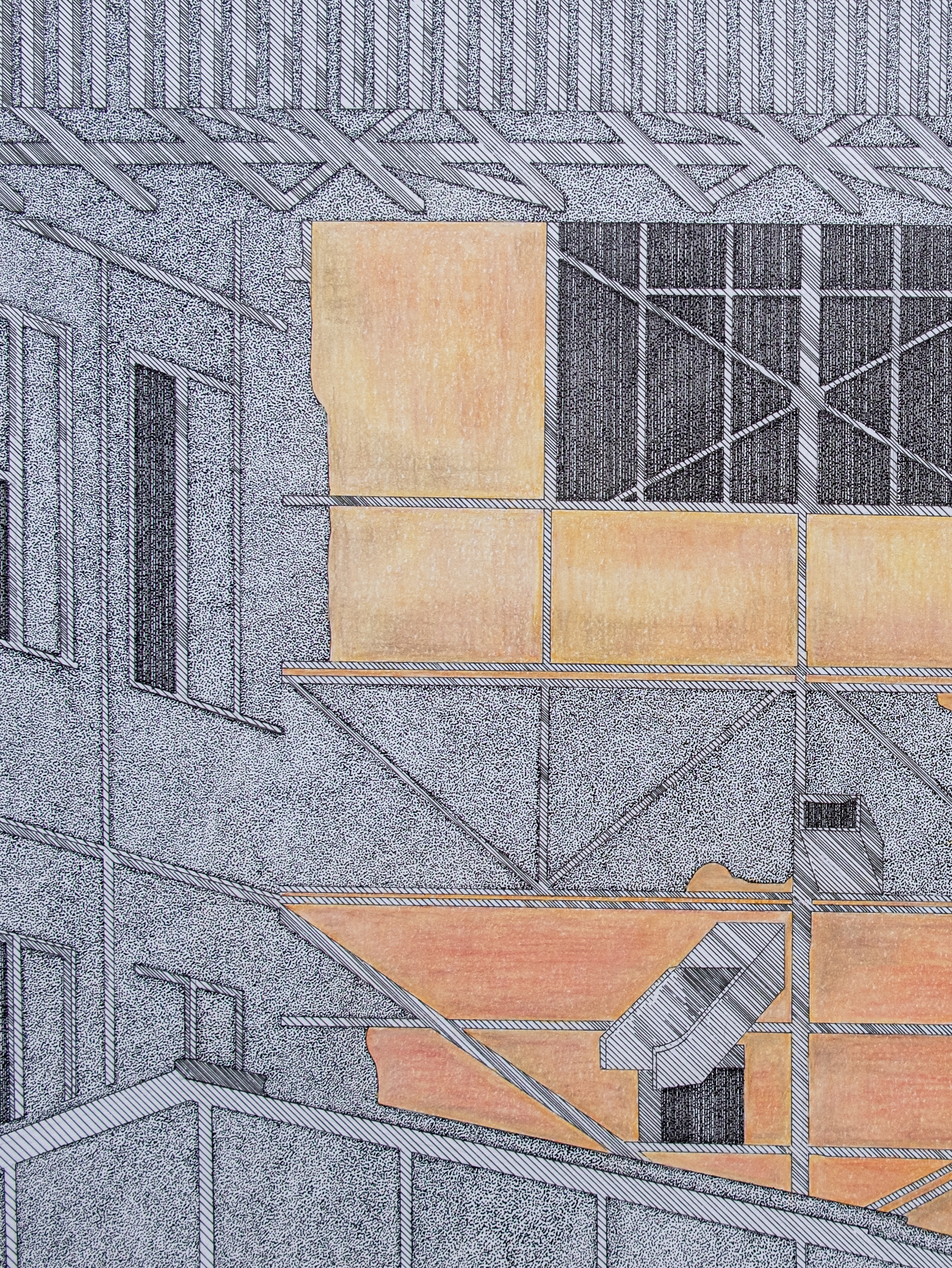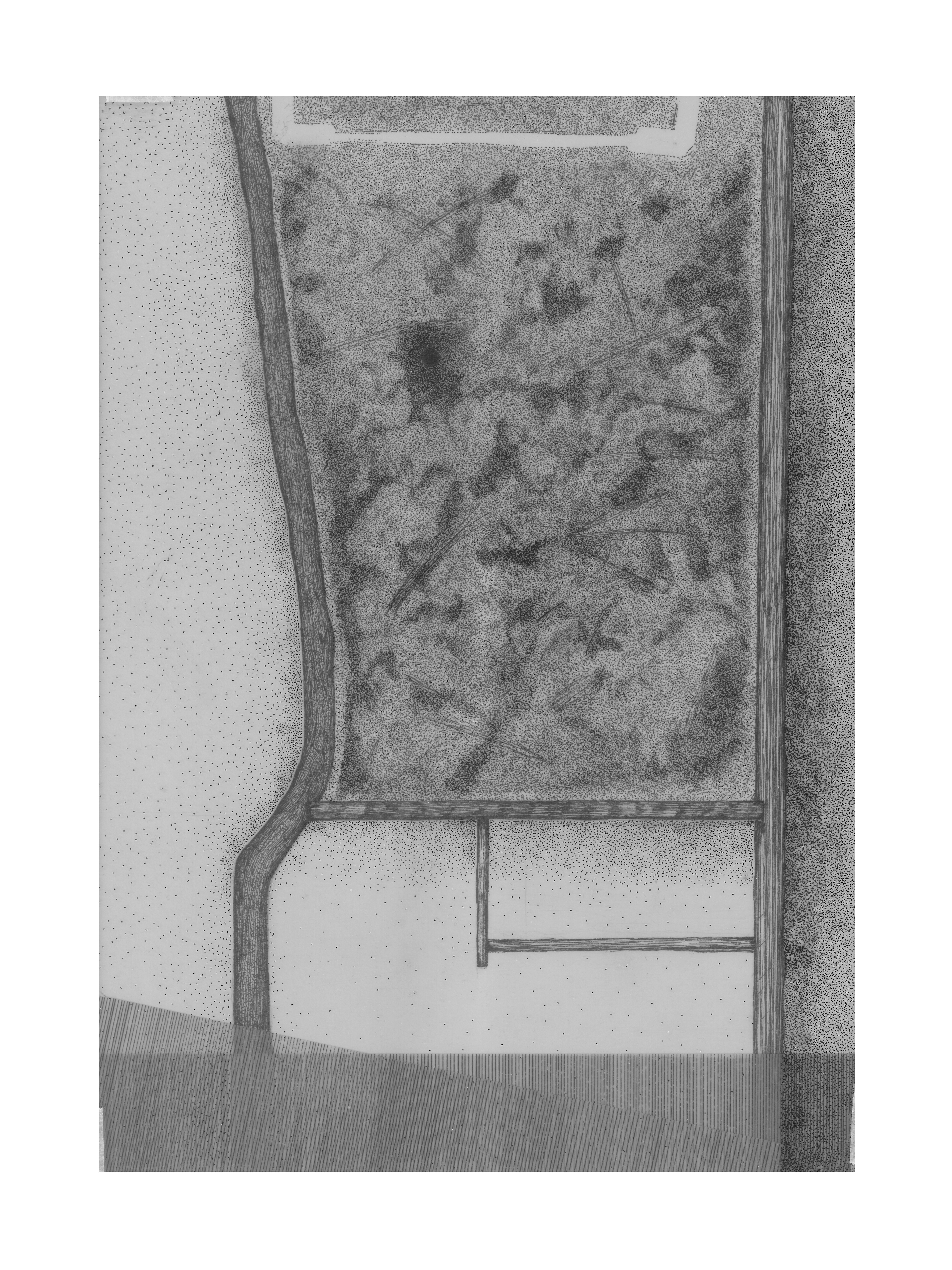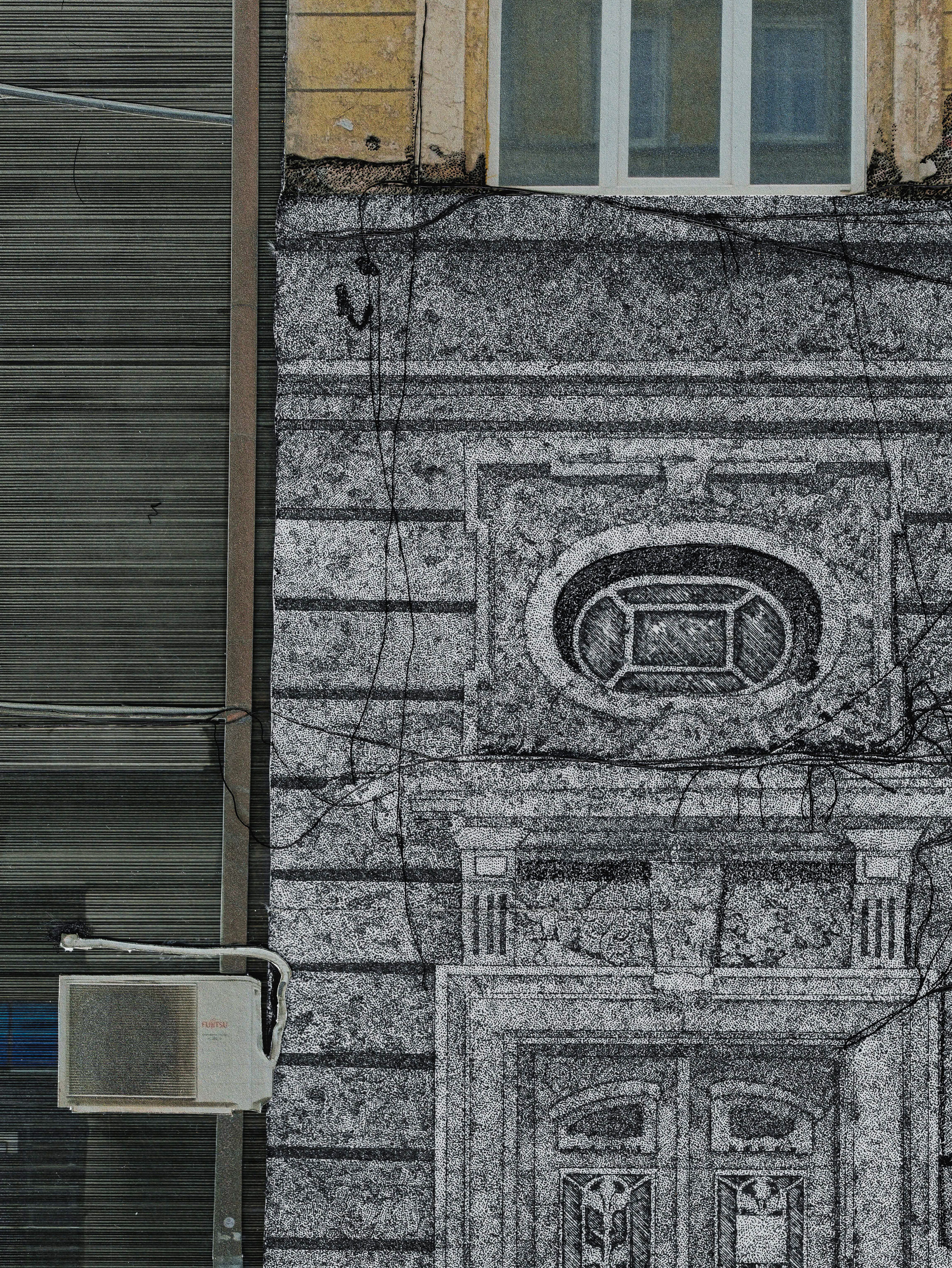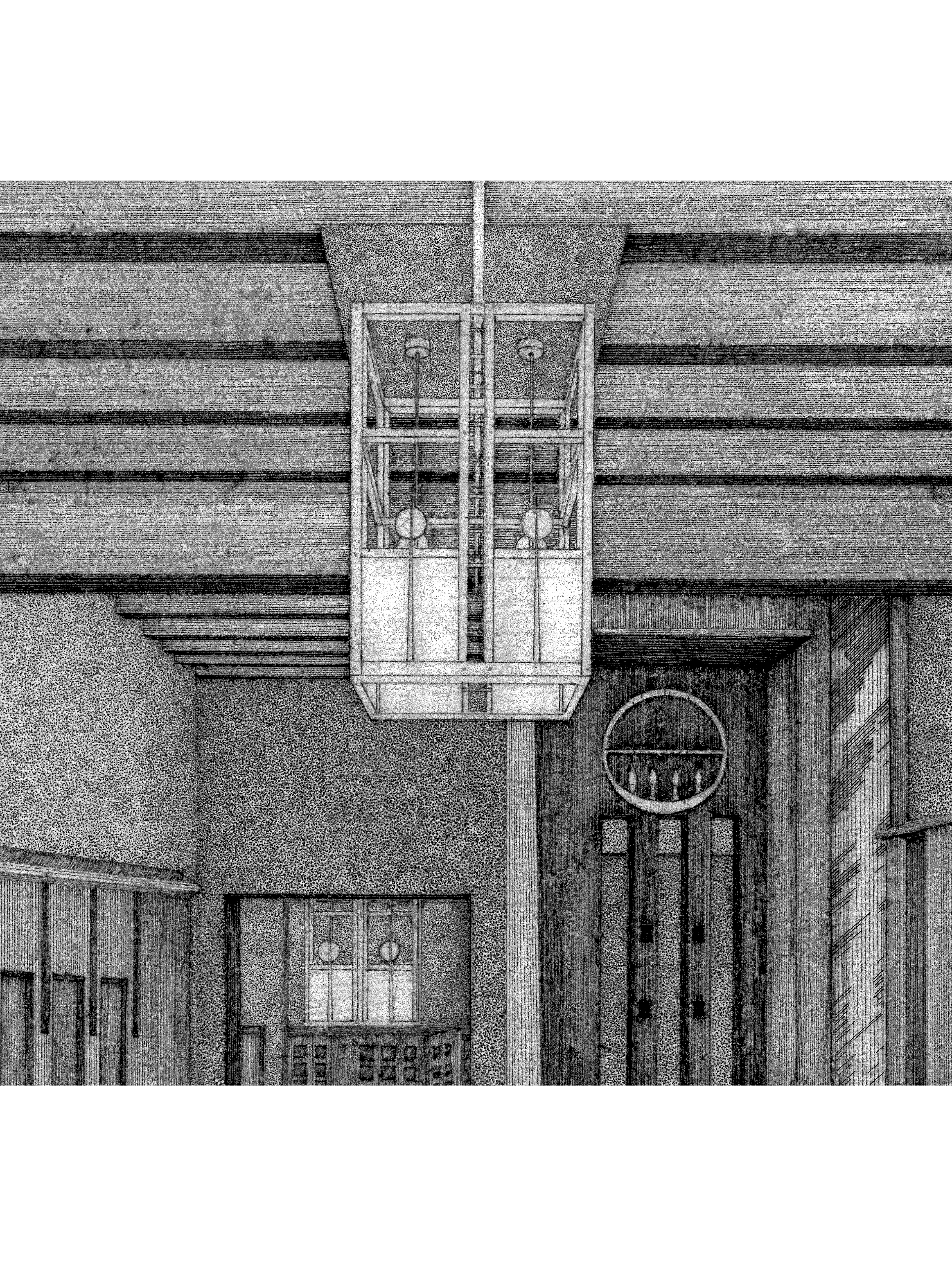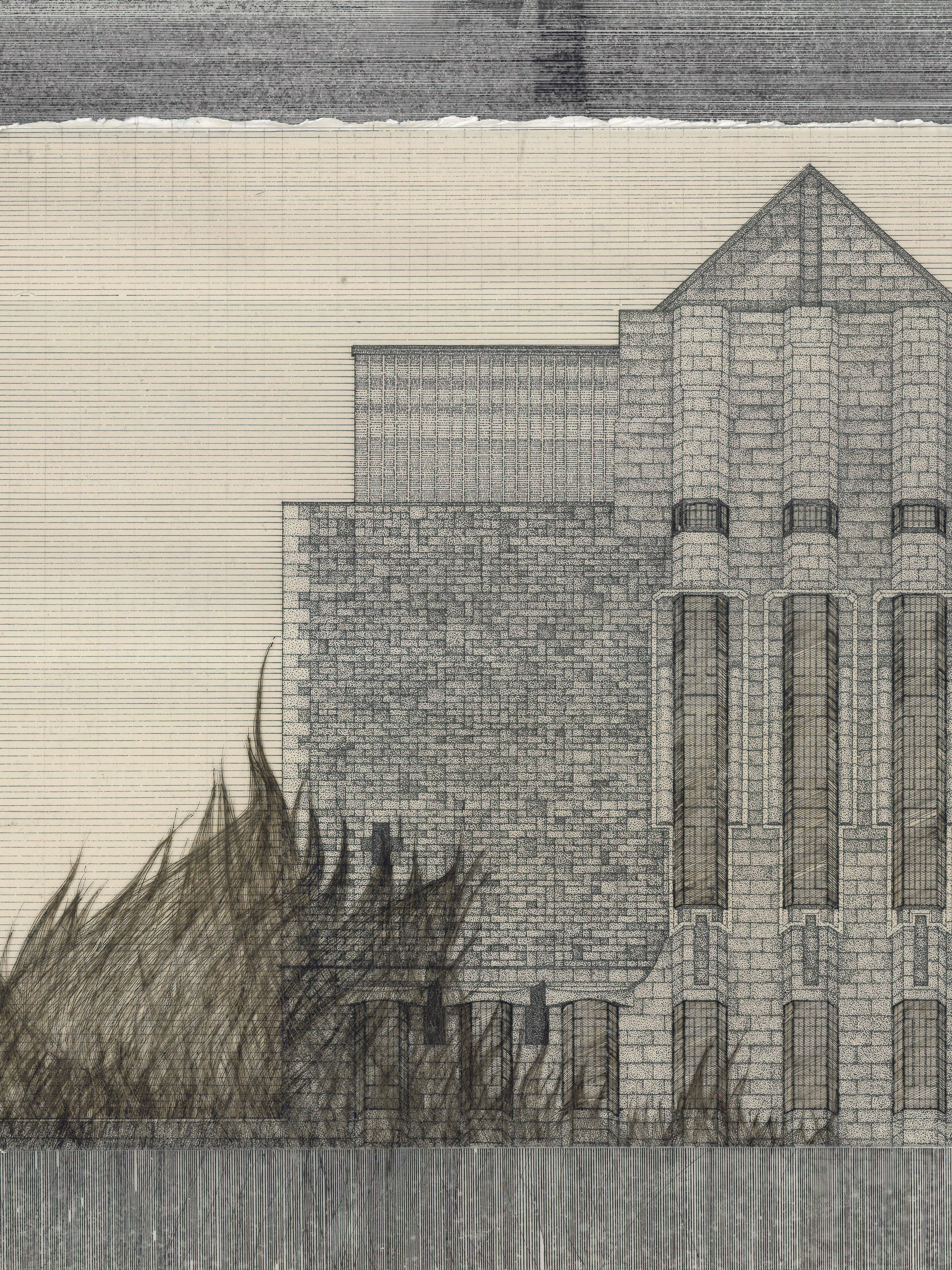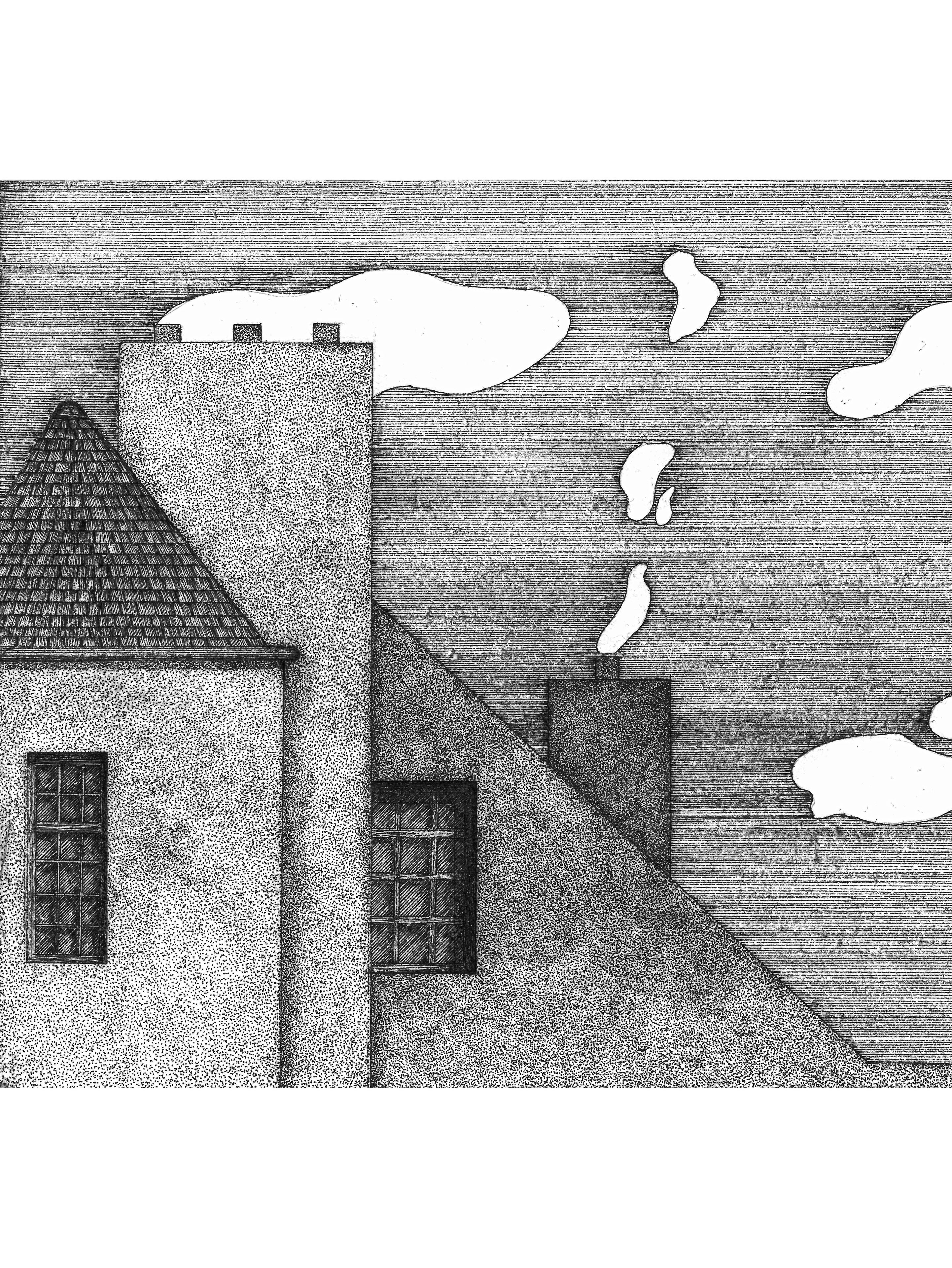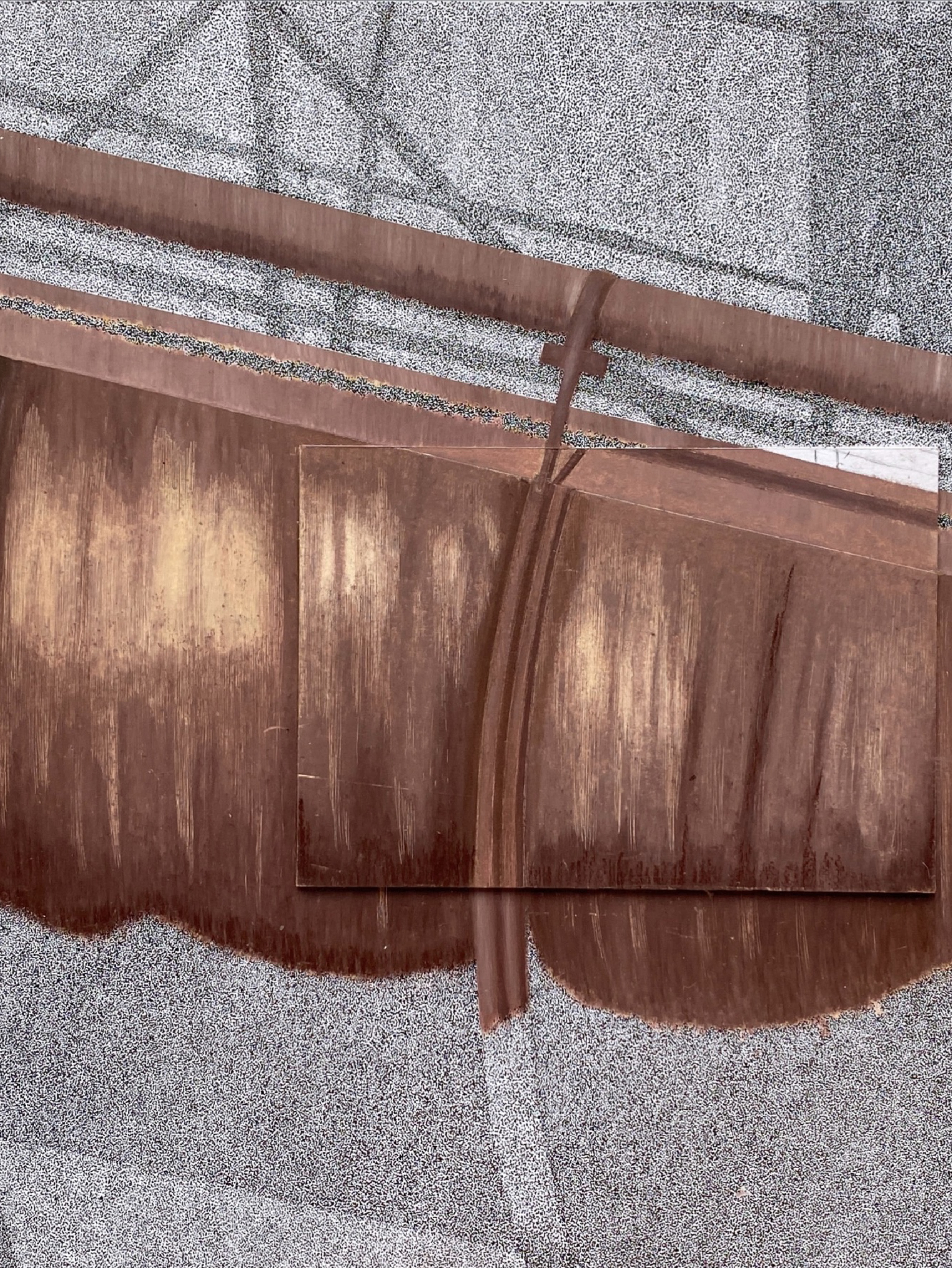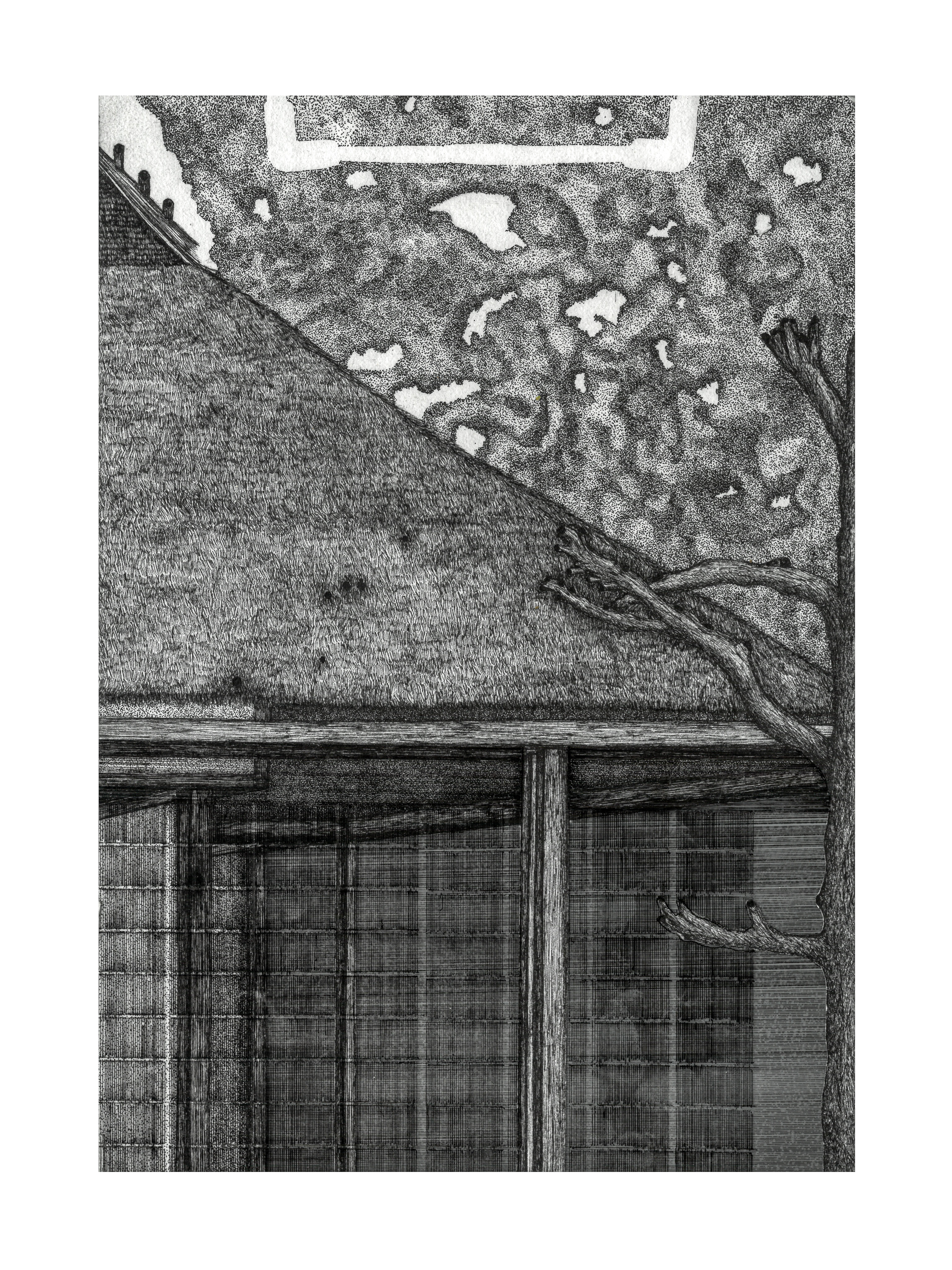This is one of many early 20th-century architectural masterpieces in Sofia that has fallen into unjustified neglect. Believed to have been built between 1910 and 1920, the building is thought to have belonged to General Kisyov, a cavalry officer of the time. Today, much of its history—and its present—is shrouded in silence.
To the bystander, what remains is the crumbling façade of a once-beautiful Secession-style structure. The building’s layers, once concealed, are now slowly exposed, as if the past is trying to break through—dot by dot. But its erasure appears inevitable. With each passing day, this work of masterful craftsmanship and valuable piece of Bulgarian heritage slips further into spatial void.
"For more than half of my life, I have been surrounded by beautiful and masterfully ornamented architecture in my hometown. Many of these buildings feel forgotten—and will likely be lost to time in the most grim and disrespectful way. During one of my regular walks through the center of Sofia, I took a photo of a quiet yet striking building. I had seen it many times before, but had never fully registered the ongoing degradation of its façade. I felt a need to learn more about what I had been looking at all this time.
"For more than half of my life, I have been surrounded by beautiful and masterfully ornamented architecture in my hometown. Many of these buildings feel forgotten—and will likely be lost to time in the most grim and disrespectful way. During one of my regular walks through the center of Sofia, I took a photo of a quiet yet striking building. I had seen it many times before, but had never fully registered the ongoing degradation of its façade. I felt a need to learn more about what I had been looking at all this time.
The composition of this drawing focuses on the part of the building most visibly affected by decay. The Secession-style curves have warped, crumbled, or faded. The use of dots expresses varying levels of intensity, pushing and pulling at the characteristically exposed elements. The lower part of the drawing combines spatial and material data—rendered in lines on polyester paper and dots on PVC layers. It has become less recognizable, serving as a pure and critical reflection of what may one day be lost to neglect."
The piece is created using a combination of ink on silk pure white paper (washi), frosted polyester paper and clear PVC layer.
Dimensions: 297 x 297 mm.
The piece is created using a combination of ink on silk pure white paper (washi), frosted polyester paper and clear PVC layer.
Dimensions: 297 x 297 mm.




